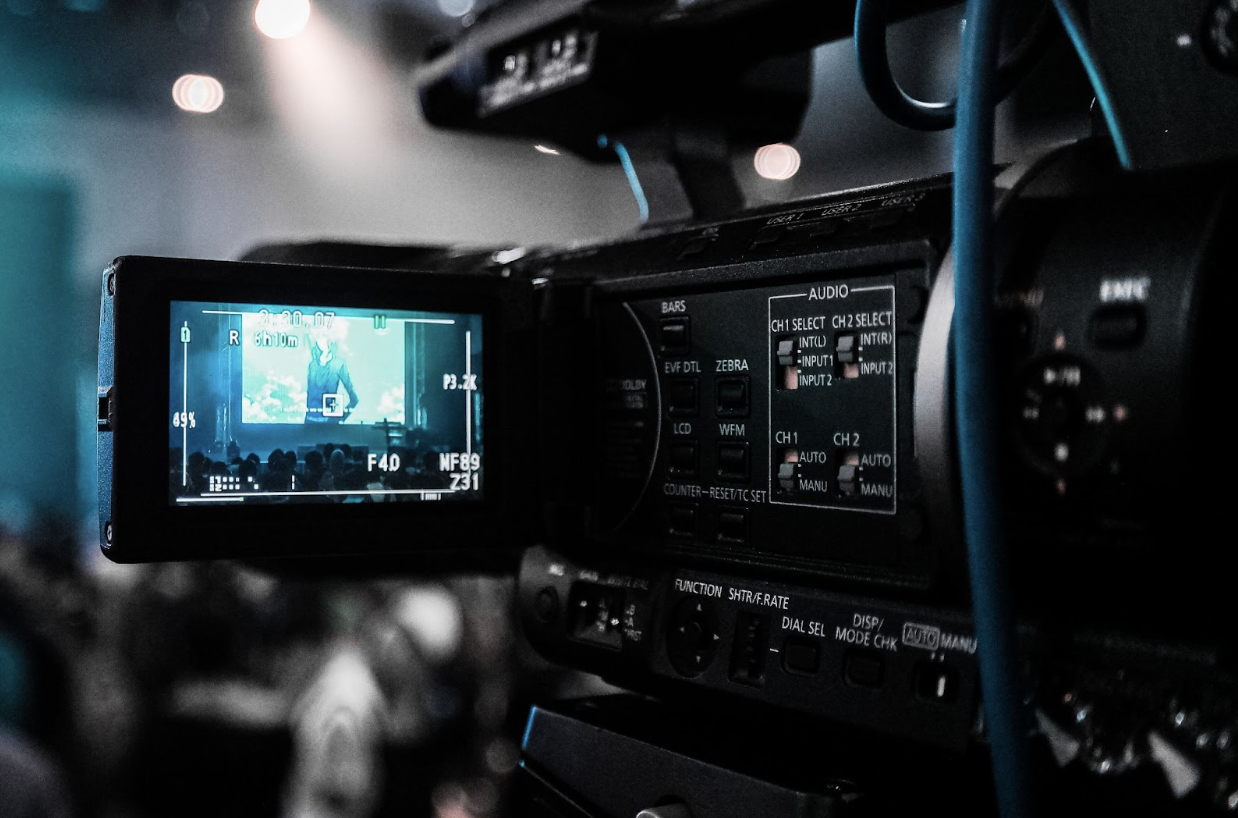Despite how much the Nicole Kidman AMC advertisement is made fun of and how out of touch it is, within it lay a kernel of truth: we go to the movies to exist outside of our everyday lives, to enjoy ourselves, and to learn something new. This is the value of a film we seem to inherently accept. But why is that? How does movie magic work, and how do we all inexplicably know of its presence? How does new film technology add or take away from this movie magic?
This is addressed in Yi Wang’s article “Film and Television Special Effects Production Based on Modern Technology: from the Perspective of Statistical Machine Learning,” which mentions how the analysis of certain post-production materials using machine learning would serve filmmakers in improving the success of their work. Wang defines machine learning by checking if a certain experience, or criterion, was used to measure the performance of a task, and if so, the computer is said to learn from that experience. Wang examines the use of technology to enhance aspects of post-production that an audience may not think of while watching film, but are of a subtle importance; examples include using machine learning to implement ‘color-matching’ between subtitles and the color palette of the film to balance visibility and artfulness, or perfectly adjusting the audio and musical overlays to maximize their intended effects. Essentially, Wang emphasizes that modern film technology is not only harbored within the domains of animation or CGI but plays an integral role in the slightest elements of post-production.
These delicate applications of film technology have been investigated for their affect on how audiences perceive the work. The study “Recognizing Induced Emotions of Movie Audiences from Multimodal Information” sparks an interesting commentary on the matter within the movie industry today, through the investigation of the relationship between perceived and induced emotions while watching a film, as well as how else films can tap into our emotions beyond standard audiovisual techniques. Their experiment in analyzing induced and perceived emotions based on subjects’ physiological reactions while watching a film concluded that too many “exciting, pleasant, and dominating scenes” may bore the audience, taking into consideration differences in genre and factors such as watching a film alone instead of alongside others (Muszynski et al). This finding could implicate many contemporary movies that depend heavily on outlandish and overwhelming story techniques, more specifically those that use visual effects (VFX) such as superhero franchises. However, this may inspire filmmakers to make more effective use of VFX, requiring the balance of artistic perspective and commodification.
Experimenters also found a large discrepancy between induced emotions and perceived emotions in the sampled audience, proposing that emotions portrayed in films do not often align with what the audience feels while watching (Muszynski et al). In this study, induced emotions are those actually experienced by audience members, whereas perceived emotions are conveyed in the film (Muszynski et al). An audience member’s emotions depend on a number of factors outside of the film itself, such as the aforementioned number of other audience members, the interpretation of different aesthetic highlights, and the sense of passing time an audience may or may not acknowledge (Muszynski et al). Individuality of experience brings into question the previous suggestion of machine learning to better market a film; it’s possible that a useful model created on such a variety of experiences will not be able to predict much, and its accuracy would not bring value to filmmakers.
More importantly, the use of a general predictive model to statistically analyze the best artistic choices for a film should be brought into question. In its creation, we must wonder if it will truly serve the filmmaker or the businessman, as agency may be taken from the artists in order to serve a more fast-paced, marketable vision. The question is not how technology can add or take away from movie magic, as VFX, like any other story technique, is only an instrument of a storyteller. The question becomes how we can properly wield these tools to create something meaningful.
References:
Muszynski, M., Tian, L., Lai, C., Moore, J. D., Kostoulas, T., Lombardo, P., Pun, T., & Chanel, G. (2021). Recognizing Induced Emotions of Movie Audiences from Multimodal Information. IEEE Transactions on Affective Computing, 12(1), 36–52. https://doi.org/10.1109/TAFFC.2019.2902091
Wang, Y. (2022). Film and Television Special Effects Production Based on Modern Technology: From the Perspective of Statistical Machine Learning. 2022 4th International Conference on Smart Systems and Inventive Technology (ICSSIT), 833–836. https://doi.org/10.1109/ICSSIT53264.2022.9716539
Image Reference:
Tong, D. (n.d.). Photo by Donald Tong on Pexels. Pexels. Retrieved October 14, 2023, from https://www.pexels.com/photo/black-camera-recorder-66134/
